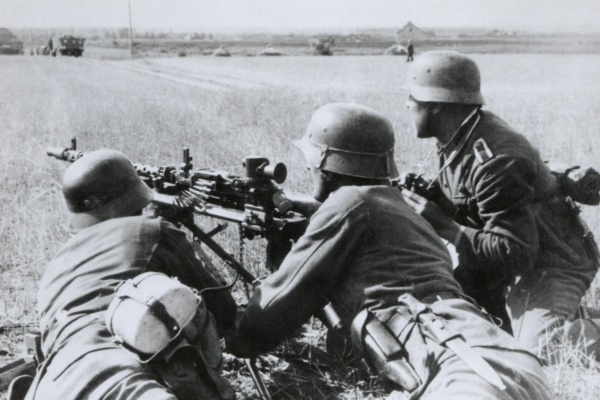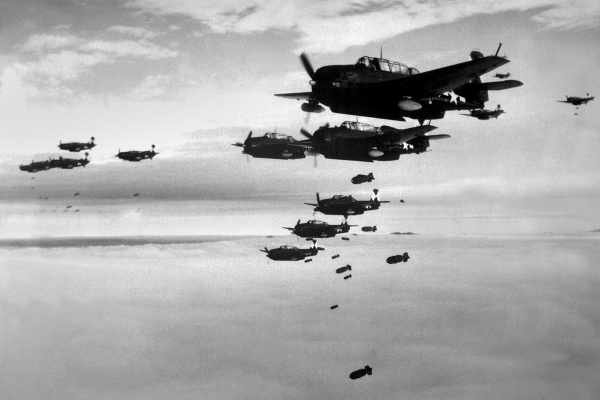From Ceylon to Victory: The Role of Sri Lanka in WWII – By Nadeeka – eLanka

Sri Lanka, then known as Ceylon, played a significant role during World War II. This island, strategically located in the Indian Ocean, became a crucial point for the Allied forces. The war impacted every aspect of life in Ceylon, from its economy to its social structure. This article delves into the detailed account of Ceylon’s involvement in WWII, showcasing its strategic importance, military engagements, and the lasting impact on its path to independence.
Strategic Importance of Ceylon
Ceylon’s geographic location made it a valuable asset in the Indian Ocean during WWII. Its proximity to the sea routes that connected the West to the East meant it was a pivotal point for controlling maritime traffic. The island’s ports, especially Colombo and Trincomalee, were crucial for the Allies.
The Ports of Colombo and Trincomalee
- Colombo: As the capital city, Colombo’s port was a major logistical hub for the British. It handled significant volumes of military supplies and troops.
- Trincomalee: Known for its natural deep-water harbor, Trincomalee was one of the finest ports in the world. It became a major naval base for the Royal Navy, serving as a critical point for operations in the Indian Ocean.
Military Engagements and Defense
Ceylon’s involvement in WWII was marked by significant military activities. The British fortified the island, building airfields, barracks, and other military installations to support the war effort.
Japanese Threat and the Easter Sunday Raid
One of the most dramatic events in Ceylon during WWII was the Japanese air raid on Colombo and Trincomalee in April 1942, known as the Easter Sunday Raid.
- The Attack: On April 5, 1942, Japanese carrier-based aircraft attacked Colombo. Despite heavy anti-aircraft fire and defensive measures, the raid caused significant damage, including the sinking of several ships and destruction of buildings.
- Trincomalee Attack: A few days later, Trincomalee was also attacked. The Japanese aimed to cripple the British Eastern Fleet based there. Although the fleet had moved out to sea, the attack caused considerable damage to the harbor and nearby installations.
Defense Strategies
The British response to the Japanese threat involved strengthening Ceylon’s defenses:
- Airfields: Several airfields were built across the island, including those in Katukurunda, Ratmalana, and Sigiriya.
- Military Forces: The Ceylon Defense Force, along with British and Allied troops, were mobilized to protect the island. This included anti-aircraft units and coastal defense batteries.

Contribution of Ceylonese People
The people of Ceylon contributed significantly to the war effort. Men and women from various communities joined the military, while civilians supported the war through various means.
Ceylon Defense Force
The Ceylon Defense Force (CDF) was the primary military body composed of Ceylonese personnel. It included several units such as infantry, artillery, and engineers, who played vital roles in defending the island.
- Volunteers: Many Ceylonese volunteered to serve in the CDF, driven by patriotism and the desire to support the Allies.
- Significant Units: Notable units included the Ceylon Light Infantry and the Ceylon Garrison Artillery, which were instrumental in anti-aircraft defenses.
Women in the War Effort
Women in Ceylon also played a crucial role during WWII. They contributed in various capacities, from nursing to administrative roles in the military.
- Women’s Auxiliary Corps (Ceylon): This corps was formed to enable women to take part in the war effort. They served in clerical, medical, and support roles.
- Nursing: Many women joined the Red Cross and other organizations, providing medical care to wounded soldiers and civilians.
Economic Impact of WWII on Ceylon
The war significantly impacted Ceylon’s economy. While it brought about certain economic activities related to the war effort, it also caused disruptions in traditional sectors.
Rubber and Tea Industries
Ceylon’s economy was heavily dependent on its rubber and tea industries, both of which were crucial for the British war effort.
- Rubber: The demand for rubber increased dramatically during the war, as it was essential for manufacturing tires, medical supplies, and other military equipment.
- Tea: Ceylon’s tea plantations continued to produce large quantities of tea, which was a vital commodity for the British forces.
Rationing and Shortages
The war led to shortages of various goods, prompting the introduction of rationing.
- Food and Fuel: Rationing of food and fuel became necessary due to disruptions in supply chains. This affected daily life and the local economy.
- Inflation: Prices of goods increased, leading to economic strain on the population.

Social Changes and the Path to Independence
The war brought about significant social changes in Ceylon, influencing its path towards independence.
Rise of Nationalism
The involvement of Ceylonese in the war effort and the impact of global events led to a rise in nationalist sentiments.
- Political Movements: The war accelerated the activities of political movements advocating for independence. Leaders like D.S. Senanayake and S.W.R.D. Bandaranaike became prominent figures in the push for self-rule.
- Post-War Independence: The experiences and changes brought about by WWII played a pivotal role in Ceylon’s journey to independence, which was achieved in 1948.
Personal Stories and Anecdotes
Story of Corporal George Julius
Corporal George Julius was a member of the Ceylon Defense Force who served during WWII. His bravery and dedication exemplified the spirit of many Ceylonese who contributed to the war effort.
- Service and Sacrifice: Corporal Julius was involved in anti-aircraft defenses during the Japanese raids. He displayed exceptional courage, helping to protect key installations and civilian areas.
- Legacy: His story, like many others, highlights the personal sacrifices and contributions of Ceylonese individuals during the war.
Civilians’ Resilience
The resilience of Ceylonese civilians during the war was remarkable. Despite the hardships and dangers, they continued to support the war effort and maintain daily life.
- Community Support: Communities came together to support each other, sharing resources and providing aid to those in need.
- Adaptation: The ability to adapt to wartime conditions demonstrated the strength and unity of the Ceylonese people.
Post-War Reconstruction and Legacy
The end of WWII marked the beginning of a new era for Ceylon. The reconstruction efforts and the experiences gained during the war had lasting effects on the island.
Rebuilding Infrastructure
The war had caused significant damage to infrastructure, necessitating extensive rebuilding efforts.
- Roads and Buildings: Reconstruction of roads, bridges, and buildings was crucial for the post-war recovery.
- Economic Revival: Efforts to revive the economy included rebuilding the tea and rubber industries, as well as diversifying into other sectors.
Educational and Social Reforms
The post-war period saw significant educational and social reforms, influenced by the experiences of the war.
- Education: There was an emphasis on expanding educational opportunities, including higher education, to build a skilled workforce.
- Social Equity: The war had highlighted social disparities, leading to efforts to address issues of equity and inclusion in the post-war era.
Conclusion
Ceylon’s role in WWII was multifaceted and significant. From strategic military engagements to the contributions of its people, the island played a crucial part in the Allied victory. The war brought about profound changes, influencing Ceylon’s economy, society, and its eventual path to independence. The legacy of WWII in Ceylon is a testament to the resilience and determination of its people, and their contributions to a pivotal moment in global history.
References
- Kearney, R.N. (1973). The Politics of Ceylon (Sri Lanka). Cornell University Press.
- de Silva, K.M. (1981). A History of Sri Lanka. Oxford University Press.
- Ricklefs, M.C., et al. (2010). A New History of Southeast Asia. Palgrave Macmillan.
- Fernando, M.R. (2009). Memories of World War II: Recollections of the Ceylon Defense Force. Colombo: Vijitha Yapa Publications.
- Jayasuriya, S. & Pankhurst, R. (2003). The African Diaspora in the Indian Ocean. Africa World Press.







